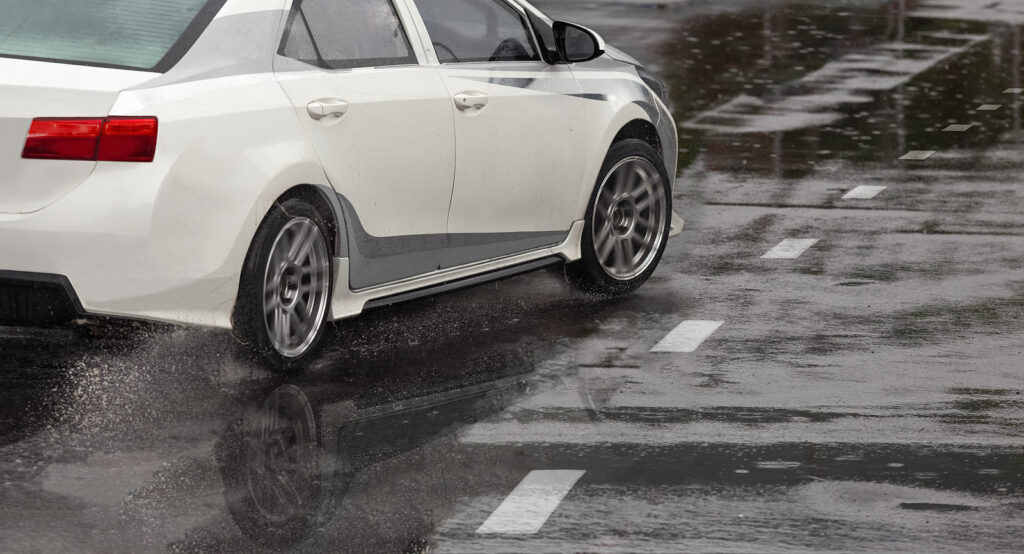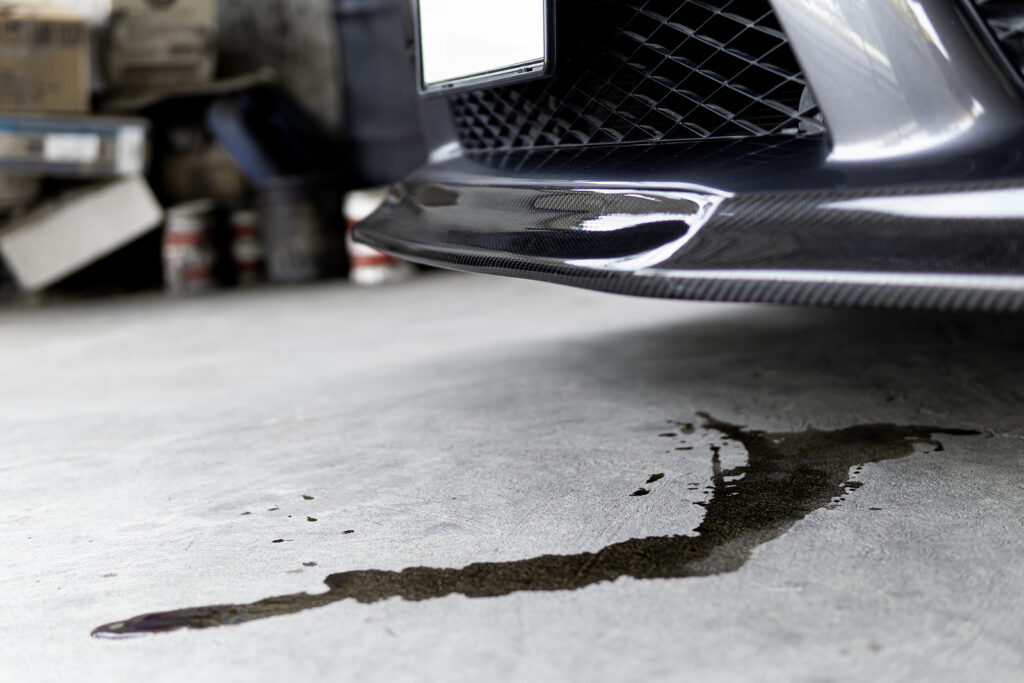The unpredictability of the open road is a trait that every driver knows too well. Whether you’re a daily commuter or an occasional road-tripper, the prospect of a roadside emergency can be just around the next bend. And it’s in knowing how to react when that moment arrives that separates an inconvenience from a full-blown crisis.
Here, you’ll find a comprehensive guide featuring practical tips to ensure you’re ready to handle the most common roadside emergencies. From maintaining composure to identifying when professional help is needed, these strategies will equip you with the knowledge to weather any vehicular storm.

Tip 1: Stay Calm and Assess the Situation
In high-stress situations, a clear head is your most valuable tool. Remaining calm allows you to think critically and make the best decisions quickly. Start by pulling over to a safe location away from traffic. If possible, find a well-lit spot, such as a rest area.
Assess the Severity – Once you’re out of harm’s way, take a moment to size up the situation. Is it a simple flat tire or something more serious? Listen for any unusual sounds, smells, or warnings on your dashboard.
Priority Check – Decide whether you can proceed safely or if you require immediate assistance. If you’re unsure, it’s always better to err on the side of caution and seek help.
Tip 2: Ensure Visibility and Signal for Help
The second step is ensuring that your vehicle is clearly visible to other drivers and potential rescuers.
Hazard Lights – Activate your hazard lights to alert oncoming traffic of your presence.
Use Reflective Devices – Place emergency triangles or cones behind your vehicle to provide additional warnings. Remember, one near your car and one further back gives the best indication of distance to oncoming drivers.
Call for Aid – If necessary, dial for roadside assistance, or if injured, emergency ambulatory services. Be ready to provide as much detail about your location and situation as possible.
Tip 3: Basic Car Maintenance and Troubleshooting
Your vehicle is more than just a mode of transportation; it’s a complex machine that requires regular care.
Tire Check – Ensure tires are in good condition—no punctures, bulges, or severe wear. Keep a tire pressure gauge in your glove compartment.
Fluid Levels – Maintain proper levels of essential automotive fluids like oil, coolant, and washer fluid.
Jump-Start Protocols – Understand how to jump-start your car, as a dead battery is common during cold weather or if you’ve left the lights on.
Tip 4: Stock Up on Essential Roadside Emergency Supplies
Preparation is key. Even the most basic emergency kit can make a huge difference in terms of your comfort and safety during a sudden breakdown.
Necessary Car Equipment – Keep a spare tire, jack, and lug wrench in your trunk—essential for changing a flat tire.
Jumper Cables – These can bring life to your dead battery in the presence of a Good Samaritan or roadside assistance.
First Aid Kit – Minor injuries can occur during a car breakdown—having a first aid kit can help in numerous accidents.
Flashlight and Spare Batteries – Essential for when you need to inspect or work on your car in the dark.
Tip 5: Know When to Seek Professional Help
While it’s commendable to be self-sufficient, there are times when professional intervention is not just advisable, but the only choice.
Recognize Your Limitations – If you’re unsure how to perform a repair or if it requires special tools, it’s best to wait for help.
Professional Services – Towing companies, roadside assistance companies, and mechanic services are designed for just this purpose. Have their contact information handy inside your phone or the glove box.
Stranger Danger – While good-hearted individuals often offer help, it’s always safer to work with a professional service that can be verified.
In Conclusion
With these five tips, you’re on your way to being more prepared for any roadside emergency. Remember, the first step to safety is keeping a level head. The second step is ensuring you’re visible and calling for help if you need it. From there, your car preparation and supplies will act as the best safety net until you get back on the road. And always remember, if you feel uncomfortable about a situation and it’s beyond your means, don’t hesitate to call in the pros. Trust local roadside assistance services for 24-hour help because on the road, being prepared and knowing whom to call can make all the difference. Stay safe out there!
Are you currently stuck on the road with a vehicular emergency in central Indiana? If so, contact Zore’s Indy at 317-247-8484 for prompt and affordable 24 hour roadside assistance in Indianapolis, Indiana. We operate 24 hours a day, 7 days a week, and 365 days a year, including all National holidays.
Related Posts:
The Different Types of Roadside Assistance Services
Roadside Assistance: Your Questions Answered
Can I Drive My Car After the Engine Overheats?




